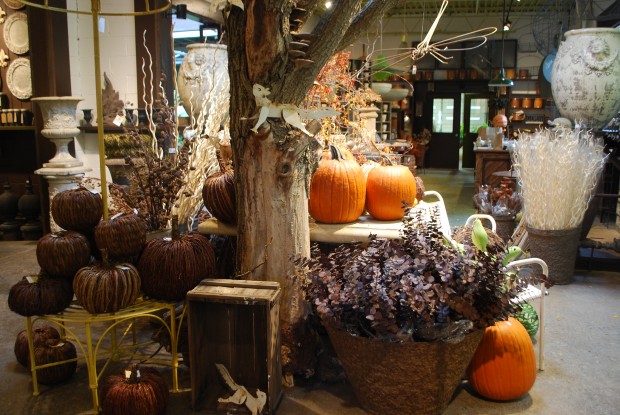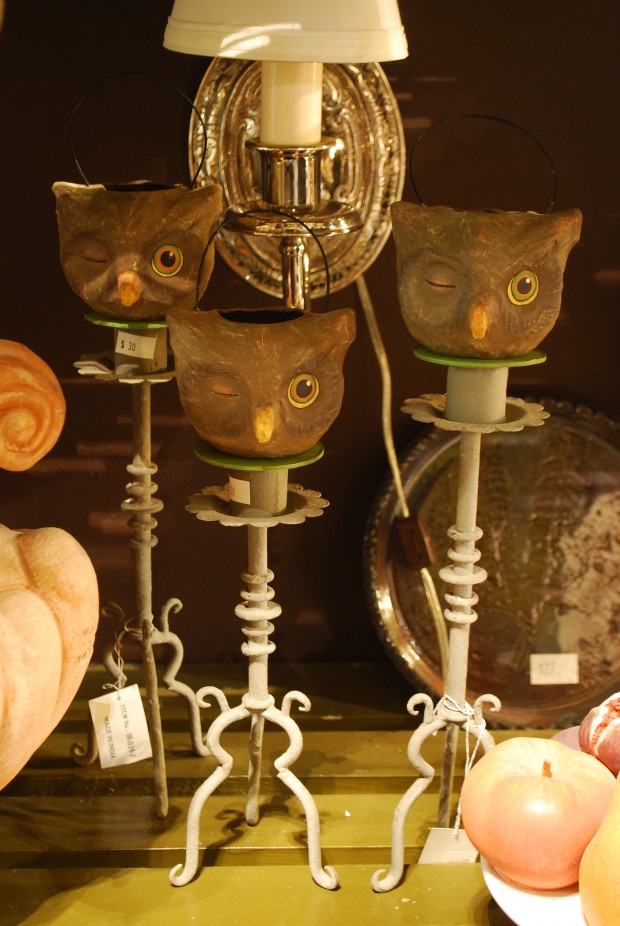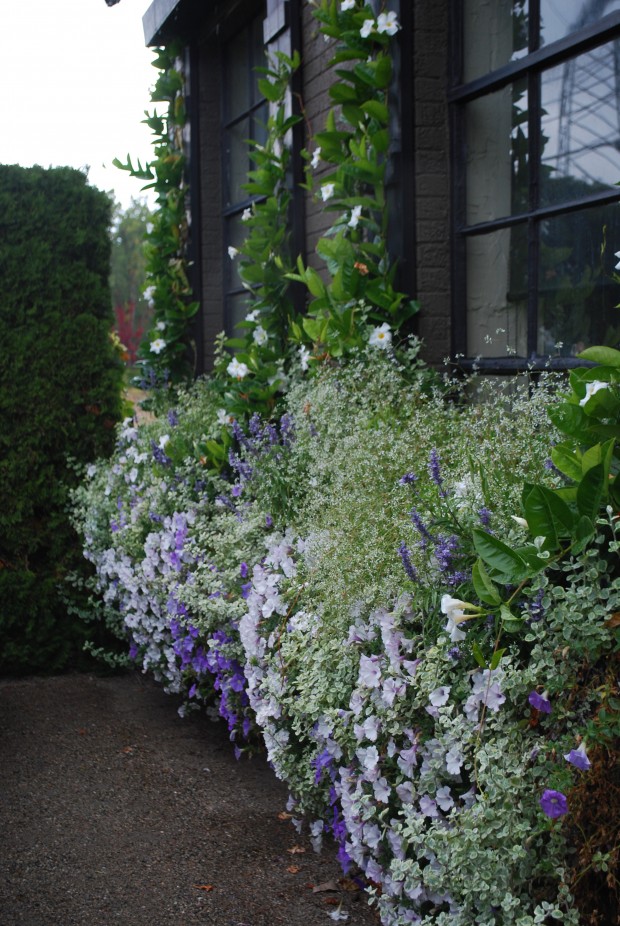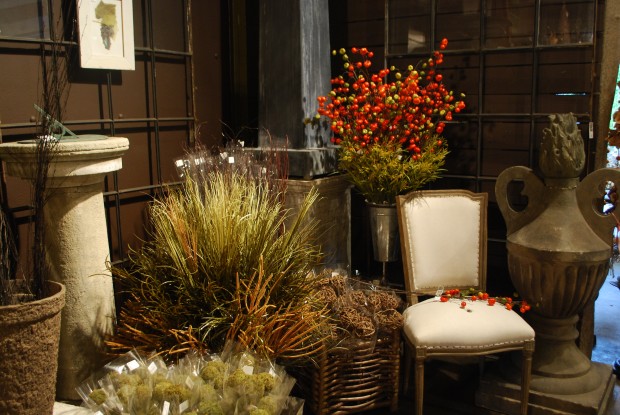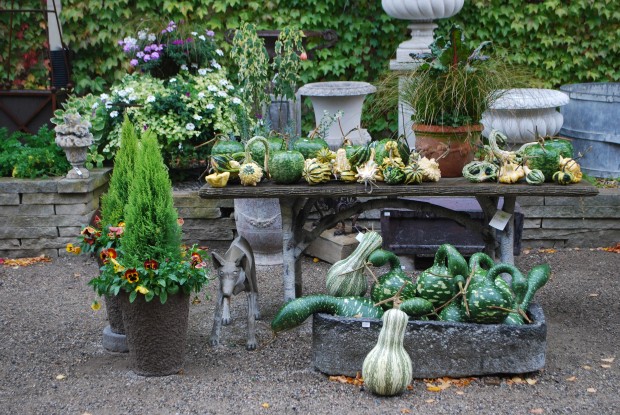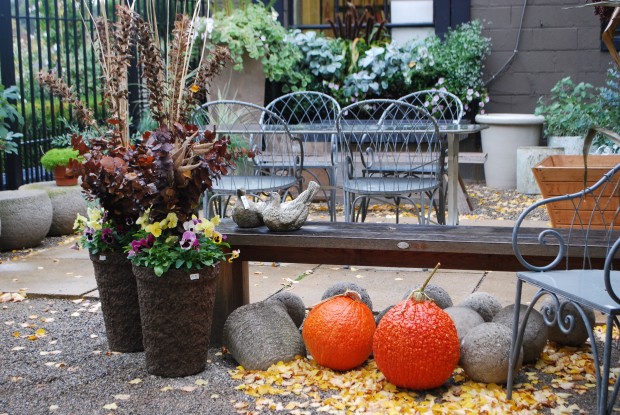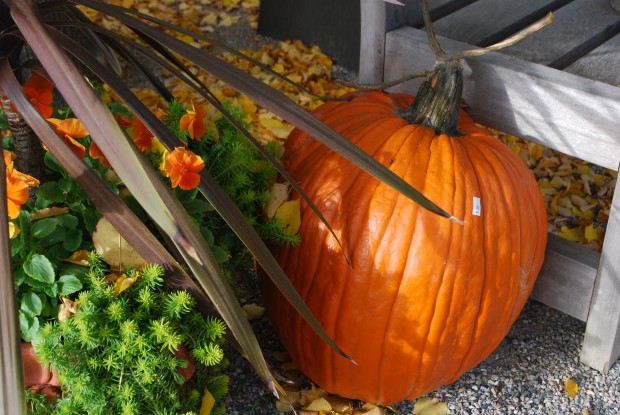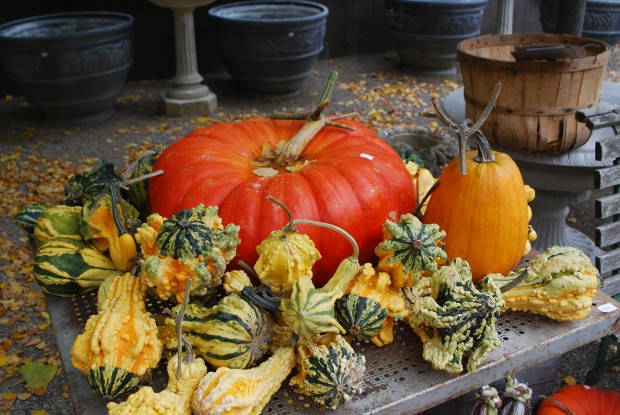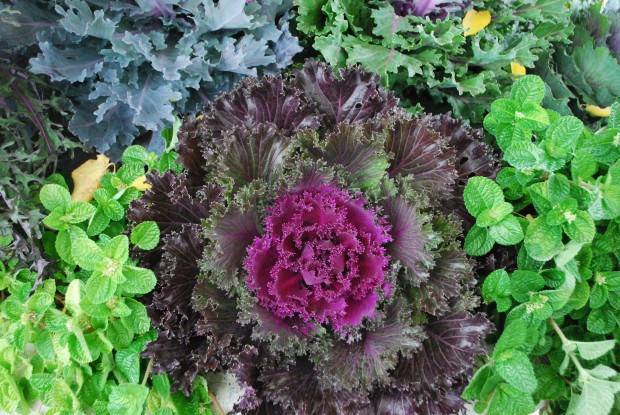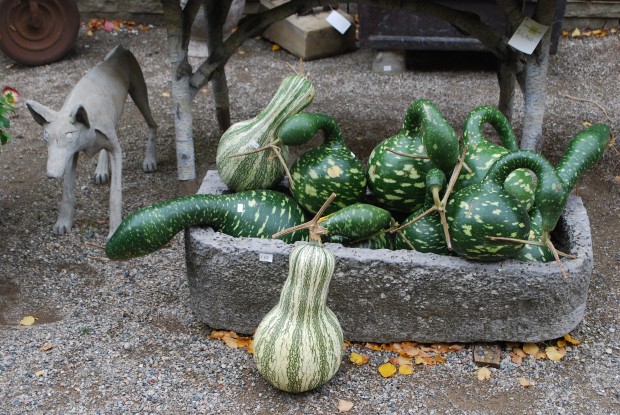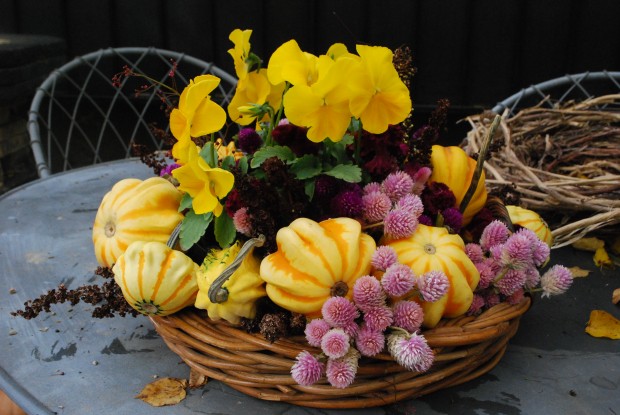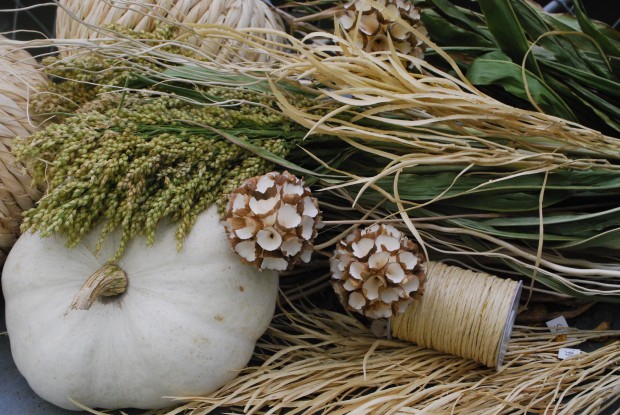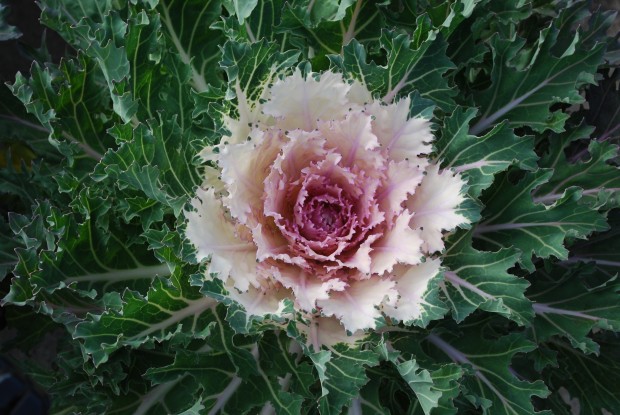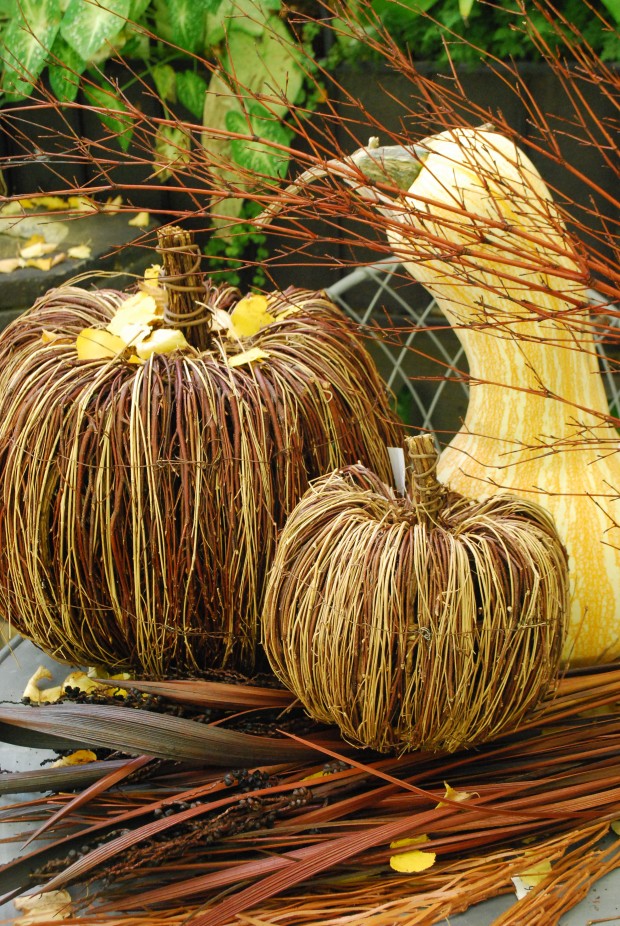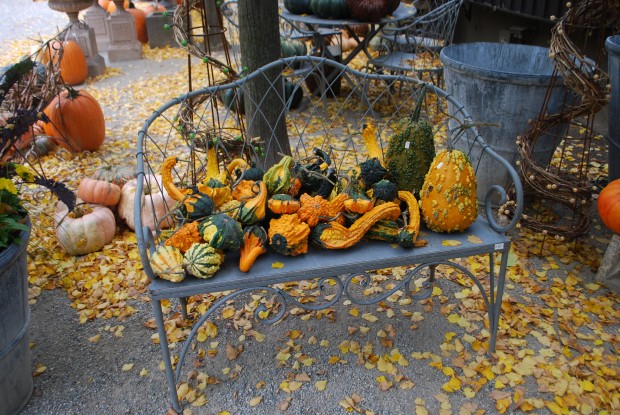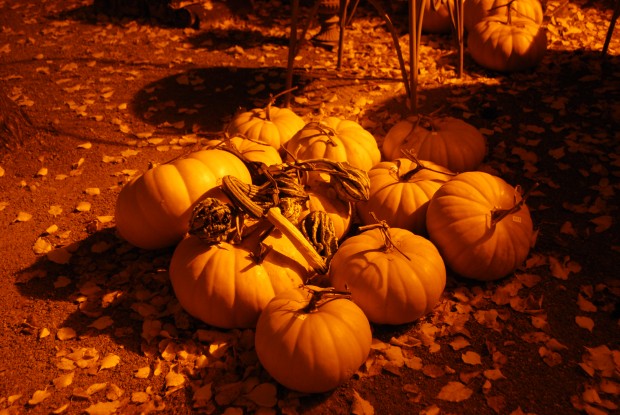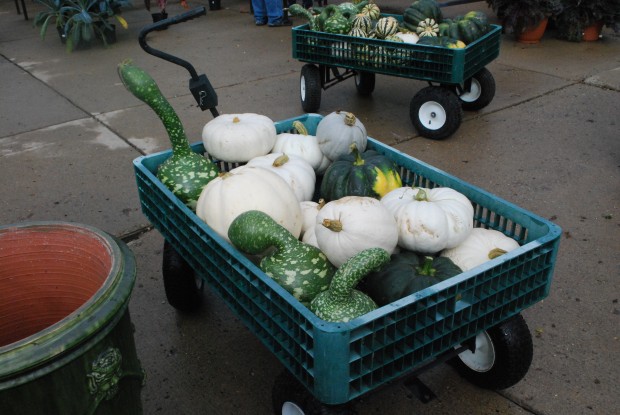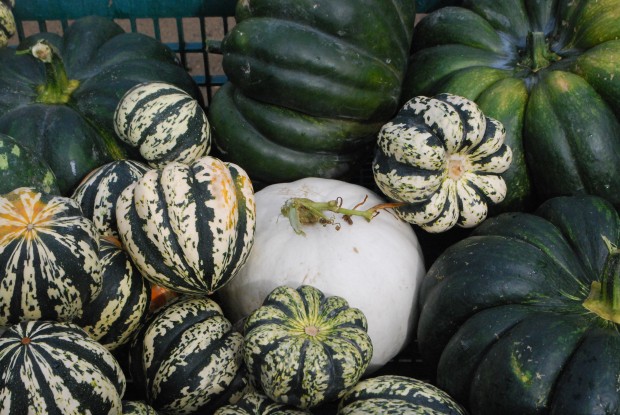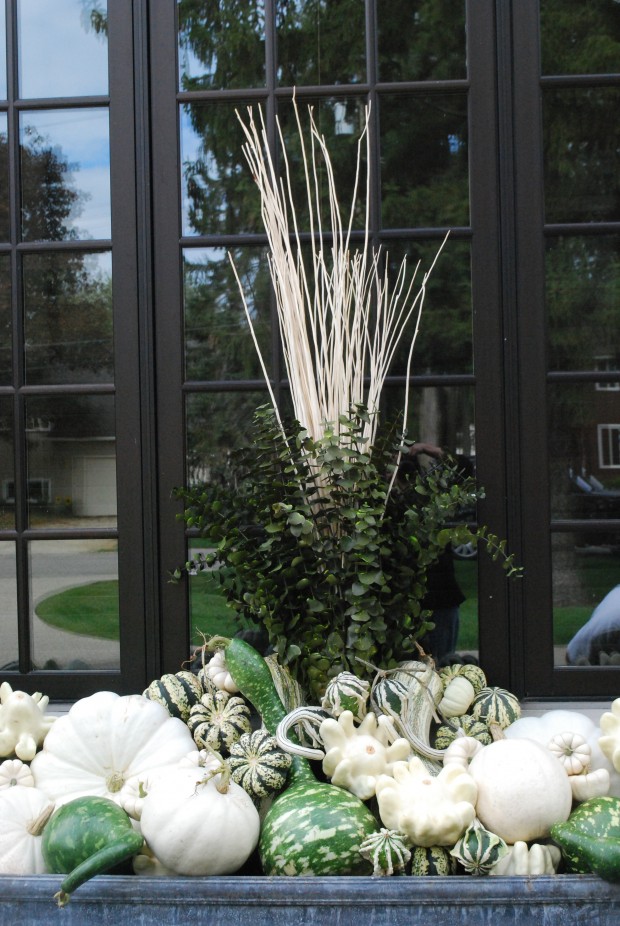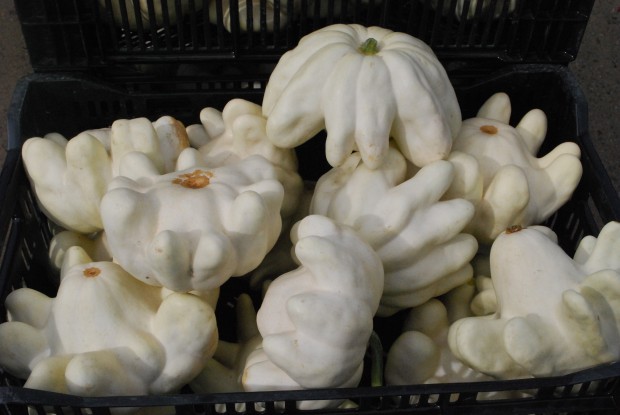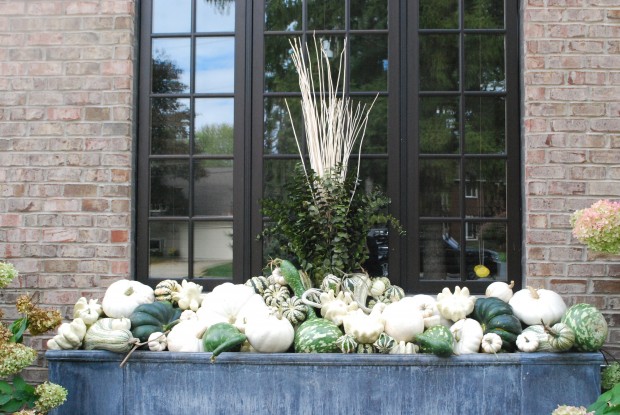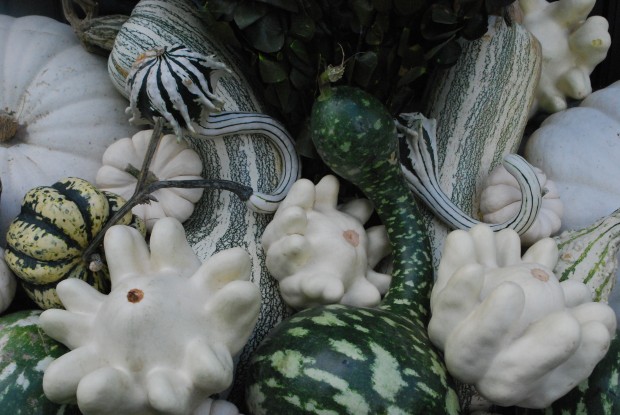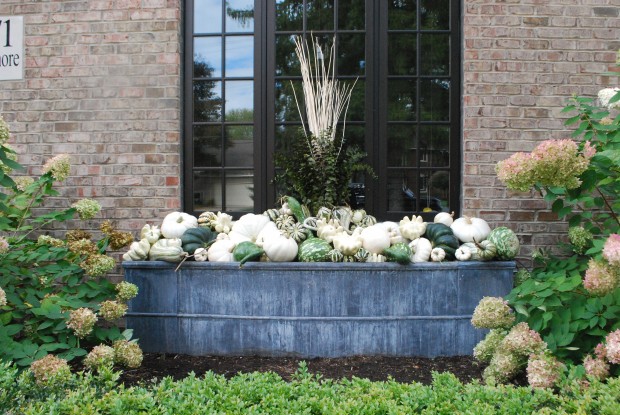Wow-how the time has flown since the spring! If you are too far away to visit Detroit Garden Works, these pictures might give you an idea of how it looks in the fall season.
pots planted for fall
materials from the garden for the fall season
the last of the espaliered lindens showing fall color
very small winking owl baskets made from paper mache
the window boxes! The flowers have grown to within spitting distance of the ground. The south side of the shop gives them plenty of protection from the cooler nights.
More great fall materials
fall pots with redbor kale and yellow pansies
an October celebration of green
toffee twist carex and matricaria
fall pots and pumpkins
October light
How Rob keeps the shop takes my breath away. Should you be within range (we had visitors from Deckerville Michigan, Paris France, Ann Arbor Michigan, and Washington DC today-besides the local traffic), the shop is worth the visit. Out of range? We’ll stay in touch.


